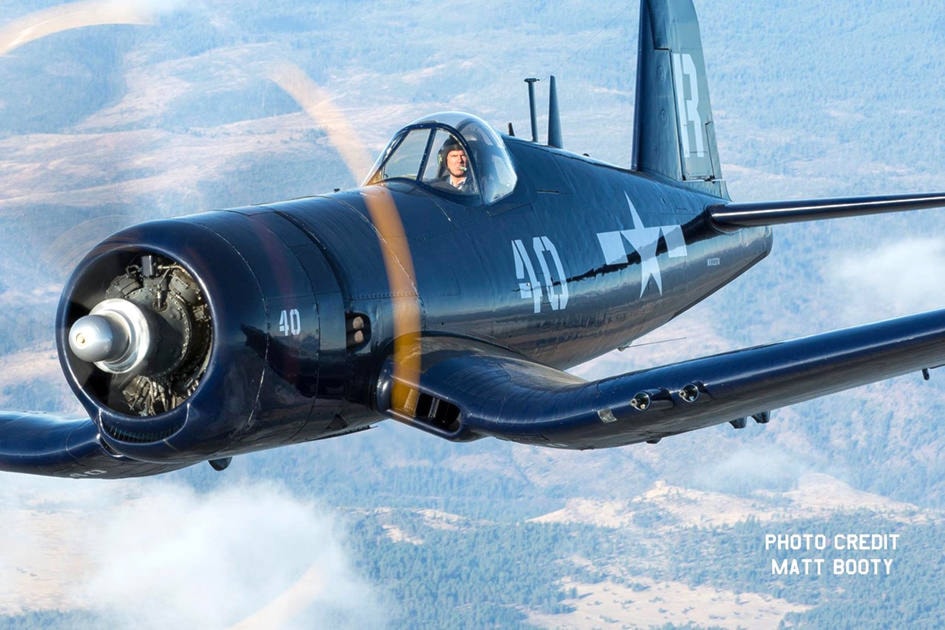As a special treat this year at Skyfest 2017 all airplane enthusiasts will be excited to see on display the ultimate in aircraft memorabilia.
The classic P-51 Mustang is one of the greatest success stories of military aviation. Originally designed for Great Britain, the North American fighter was adopted by the U.S.
Army Air Force and upgraded with the powerful, reliable Rolls-Royce Merlin which powered the Supermarine Spitfire. With altitude, range, and performance, the Merlin Mustang became a world beater.
Ironically, the P-51 owed its existence to a Royal Air Force query for North American to build Curtiss P-40s at a time when British forces were being pushed off the European continent in 1940 and badly needed additional armament.
North American proposed a better performing aircraft and quickly drafted the NA-73.
The Allison-powered Mustang flew 12 months after the first RAF query and logged its first combat missions in May 1942. Intended for reconnaissance, their primary “armament” was a camera , though two .30 and two .50 caliber guns were installed.
Eventually 15 RAF squadrons flew the type. Meanwhile, the Army Air Force tested the XP-51 and was impressed with its performance, which exceeded the P-39 and P-40 and some marks of Spitfire in low-level performance.
Beginning in 1943 the USAAF began operating photo-reconnaissance Mustangs (originally the Apache in US service) and A-36 Invader dive bombers, also with Allison engines.
However, the promise of improved high-altitude performance had been noted, and a Merlin-powered XP-51B first flew in late 1942. Production B and C models began rolling out of the Inglewood and Dallas factories in 1943, and by year end the 354th Pioneer Mustang Group was escorting heavy bombers over Germany.
The D model, with its 360-degree full-vision canopy, appeared in March 1944 and replaced the “razorback” models by year end.
